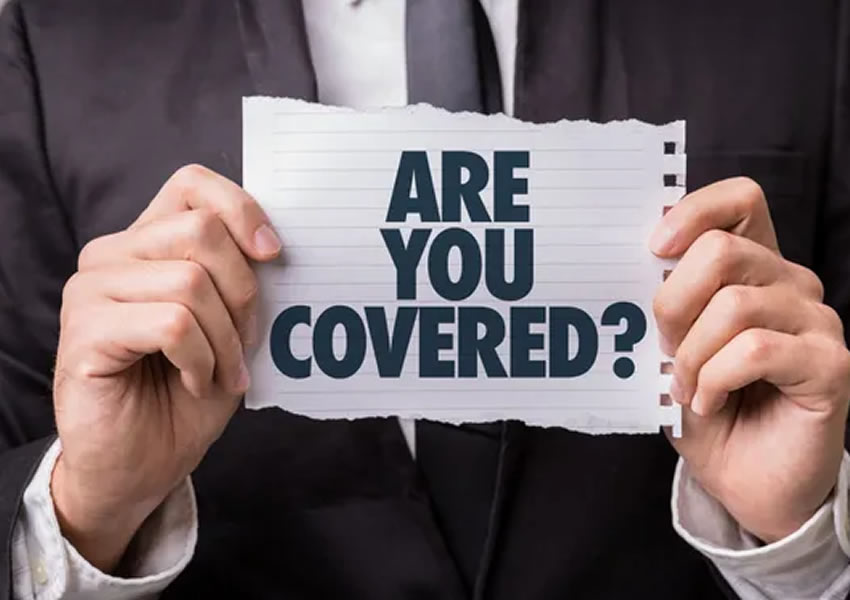How to safely store—and best insure—your off-premise stuff
Self-storage units can be a good way keep clutter out of your home. And having the right insurance coverage is the best way to financially protect your off-premise belongings.
Properly choose your self-storage facility
The storage facility you choose can impact the safety of your belongings. To choose wisely:
- Look for a secure facility. At a minimum, make sure there’s fencing that secures the entire property and controlled access. Ideally, the storage building should have onsite security features such as 24-hour video surveillance cameras and coded security pads. Also, find out about the facility’s procedures in cases such as a fire or flood.
- Look for a unit with climate control. Very high or very low temperatures and dampness can quickly cause damage to appliances and furniture. Make sure that rising ground water from snow or rain is unable to penetrate the storage.
- Consider a storage company that offers insurance. If your renters or homeowners insurance does not provide off-premises coverage, you may want to opt for one of the storage company’s coverage options. Keep in mind that any facility should also have its own insurance to cover damages to the property, or injuries that occur on the premises.
- Check that the facility is clean and well maintained. If a storage facility is not routinely and thoroughly cleaned, there is a good possibility no one is monitoring for bugs and rodent infestations. Verify that the facility has a permanent, reliable pest extermination contract in place before you trust them with your belongings.
Before you store your stuff
Take steps to adequately insure your belongings before you put them in storage.
- Ask your insurance professional about off-premises coverage. Some standard homeowners and renters insurance policies include coverage for personal possessions kept off-premises, including those in a storage facility. Off-premises coverage includes theft and damage from fires, tornadoes and other perils listed in the policy. However, it does not cover for damage caused by flooding, earthquakes, mold and mildew, vermin or poor maintenance. And check the coverage limits, as these vary by company.
- Find out what type of financial protection is provided by the storage facility. Most facilities provide reimbursement based on the square footage of the unit. Check both the coverage limits and whether it is provided on an actual cash value or replacement cost basis. Most storage facilities will also offer a variety of supplemental insurance packages; ask your insurance professional if it makes sense to buy this additional coverage.
- Consider special insurance or storage for expensive items. If you intend to store valuable property—such as art, antiques, jewelry or furs—there may be dollar restrictions under your standard homeowners or renters insurance policy for theft. Ask your insurance professional about adding a floater to your policy in order to fully cover these items. There are also specialized storage facilities available for these types of items, as they often need to be kept at specific temperature and humidity levels. Small items such as jewelry will cost less to insure if they are kept in a bank safe-deposit box. Keep in mind contents in a safe-deposit box are not insured by the bank.
- Create an inventory of items to be kept off-premises in storage. Add the items you’re moving to the storage unit to your home inventory so that you can keep track of your belongings and make sure you have the right amount of insurance to protect them.
